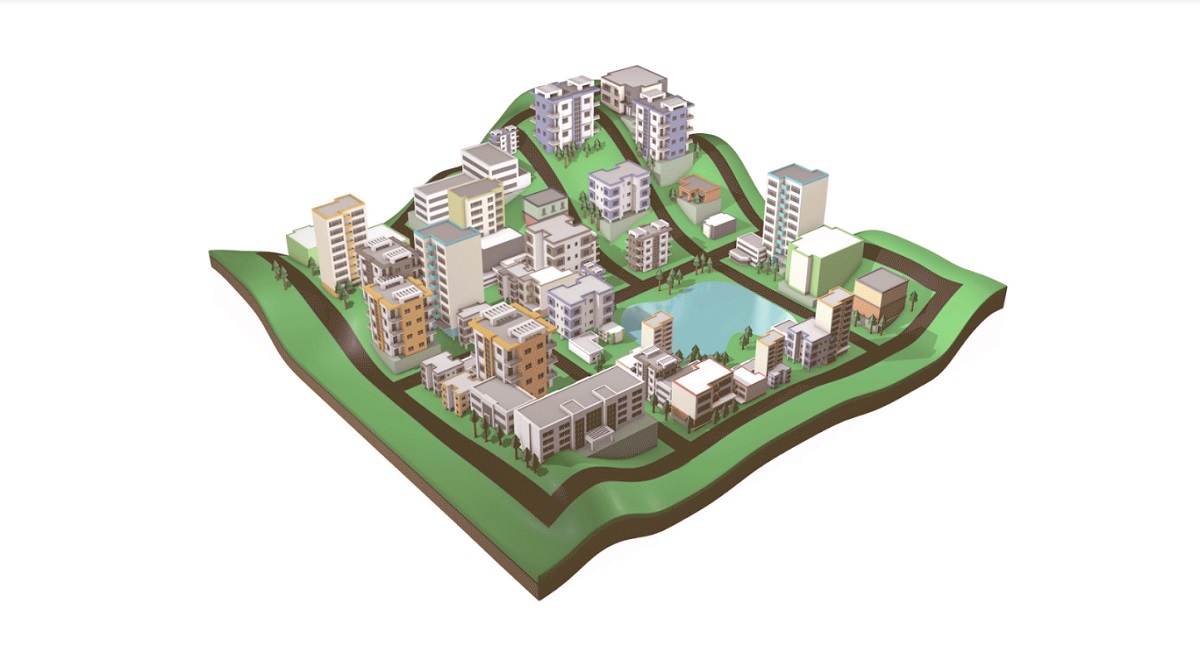Google unveiled a platform a year ago that enable game developers to create location-based games based on its Google Maps technology. And now the company is unveiling new options for art styles and gameplay just ahead of the Game Developers Conference.
A number of game developers have used the platform in the past year to make games like Ludia’s Jurassic World: Alive. Those games used the power of Google Maps and real-time global understanding of the world to take mobile gaming to the next level.

Unlock premium content and VIP community perks with GB M A X!
Join now to enjoy our free and premium membership perks.
![]()

![]()